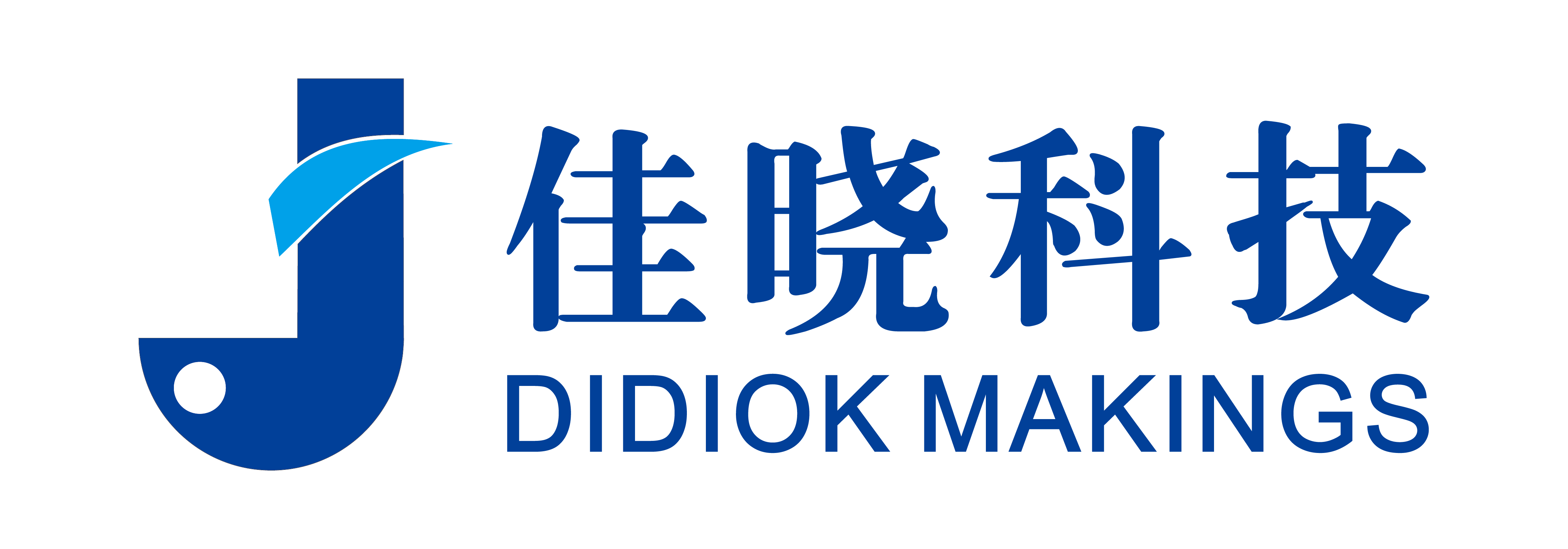When every second counts, teamwork—and technology—can mean the difference between life and death.
Water rescue operations are rarely the job of a single agency. Fire departments, coast guards, disaster response teams, and even local police units all play a role. But coordinating their efforts—especially under pressure—is easier said than done. That’s where smart rescue drones come into the picture.
In this post, we’ll break down how multi-agency water rescue systems can benefit from drones, and what it really takes to integrate them smoothly into real-world operations.
The Problem: Coordination Chaos During Water Emergencies
If you’ve ever been part of a rescue operation, you know how fast things can spiral out of control:
-
Communications between departments get crossed.
-
Teams show up with different gear and protocols.
-
Visibility on water conditions and victim location is limited.
-
Critical minutes are lost just trying to understand who’s doing what.
For a person in the water, that delay can be deadly.
This is the kind of gap smart water rescue drones are helping to fill—not just by flying out to the victim, but by acting as a shared tool for cross-agency coordination.
The Solution: A Common Platform with Eyes in the Sky
Let’s say a call comes in about someone swept away by floodwaters. Firefighters respond first, followed by local emergency responders. With a drone like the JX-6A Water Rescue Drone, any of them can quickly:
-
Deploy the drone within seconds.
-
Use it to visually scan the area.
-
Pinpoint the victim’s location.
-
Provide instant flotation using its 190N buoyancy body.
-
Share the live video feed with other departments in real time.
Instead of each department working in isolation, everyone sees the same picture and can act accordingly. You eliminate guesswork and shorten response times.
Why Multi-Agency Systems Need Drone Integration
Here are three core reasons why departments should stop thinking in silos and start building interoperable rescue systems—with drones at the center:
1. Shared Situational Awareness
When everyone—from command center to boat crew—sees what the drone sees, they’re not operating blind. This prevents duplicated efforts and reduces confusion.
2. Standardized Tools, Faster Action
If all departments are trained to use the same drone model, such as the JX-6A, they can pick up where the others left off—no need to wait for a “specialist” to arrive. This saves time and lives.
3. Better Post-Operation Analysis
Footage captured during the rescue can be used for debriefs, training, and process improvement across agencies. Everyone levels up together.
Common Customer Concerns (And How We Address Them)
| Concern | Our Response |
|---|---|
| “Will the drone work in bad weather?” | The JX-6A is built to withstand rain and high wind. It’s IP-rated for harsh environments. |
| “What if the battery runs out mid-mission?” | The drone is equipped with a real-time battery monitoring system and auto-return function. It won’t leave you stranded. |
| “Is it hard to learn across multiple teams?” | We offer cross-agency training packages, so every team member gets hands-on experience with one shared standard. |
Real-World Use: How One Region Made It Work
In Southeast Asia, a joint task force of firefighters and coast patrol units built a shared drone response team. After just three months of field exercises, they cut their average water rescue response time by 40%. By equipping all stations with the same drone model and using a unified dispatch protocol, their response became seamless.
Building Your Own Multi-Agency Rescue System: Where to Start
If you’re a procurement officer, unit leader, or emergency coordinator, here are three actionable steps:
-
Select a drone platform that supports remote control, high visibility, and live transmission.
(The JX-6A Water Rescue Drone is a proven fit for this.) -
Set up joint training sessions across your departments.
These don’t need to be long or expensive—but they do need to be consistent. -
Create a shared protocol for drone deployment.
Who launches? Who monitors? Who takes over if the drone returns? Answer these in advance.
Final Thoughts
Water emergencies demand speed, clarity, and collaboration. Rescue drones are not a luxury—they’re a link between teams that turns chaos into coordination. But it only works if the technology is embraced across the board.
If your department is serious about saving lives, it’s time to think beyond your unit—and start building a shared system where everyone works off the same playbook.
We’re here to help make that transition easy.
Want to learn more or request a demo?
[Contact us here →] (didiok makings)
Let’s bring every team to the table—and every victim back to shore.
Drones and departments. Together.





